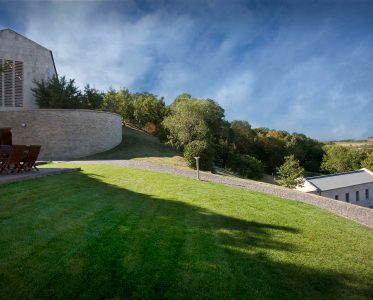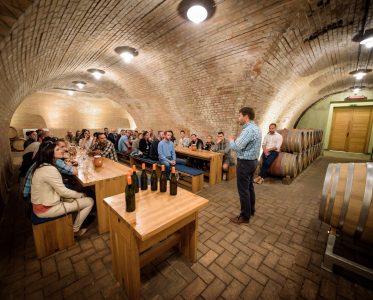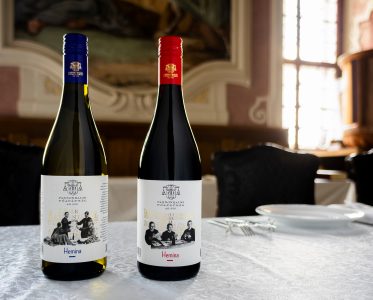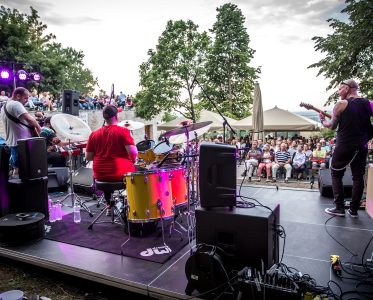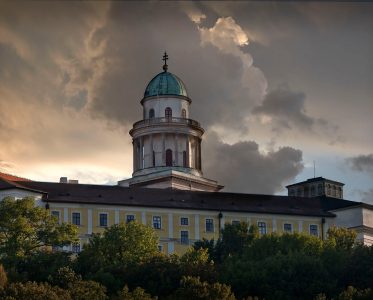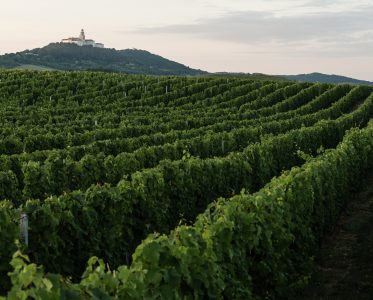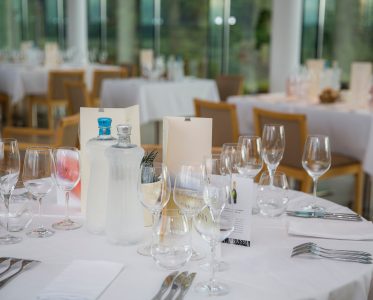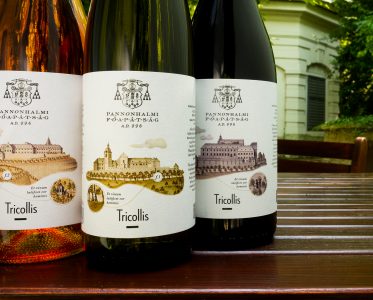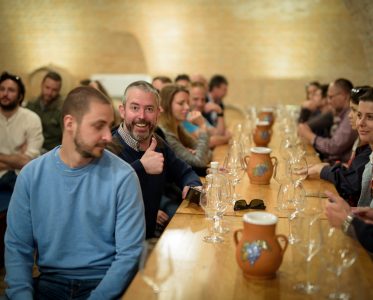Pannonhalma Archabbey #190
1000 years at present
The Benedictine monks who settled on the Sacred Mount of Pannonia in 996 have always been closely connected with the viticulture introduced by the Romans. For centuries, they have applied the highest prevailing standards of wine growing and vinification. At the beginning of the 1900’s, the Abbey held about 100 hectares of vineyards in the direct vicinity of Pannonhalma, and it also owned plantations on the Somló Hill and in Tokaj. Its bottled wines, both white and red, were sold in Hungary as well as abroad far beyond the borders of what was then Greater Hungary.
The political and social upheaval that followed World War II put an end to the centuries-old tradition when the single-party state confiscated the Abbey’s vineyard holdings and winery. During the decades that followed, the monks never gave up hopes of reviving the legacy of excellence one day. Finally, 10 years after the collapse of Communist rule, plans for rebirth took shape. As a result, a new winery with a floor space of 2000 m² and a storage capacity of 3000 hectolitres was established in 2003. The Pannonhalma Archabbey, since 1996 part of UNESCO World Heritage, is the majority owner, in partnership with the MKB Bank.
Historic vineyards replanted
The vineyards of the Pannonhalma Archabbey are situated in the officially designated wine region of Pannonhalma which, with a total area of about 600 hectares, is one of the smallest of the 22 historic wine regions of Hungary. The winery cultivates about 50 hectares divided among four major vineyards, each of which used to belong to the Abbey in the historic past. The new vines planted under a program started in 2001 are spaced at a distance of 2.4 x 0.8 m; the training system is Guyot.
Grape varieties – indigenous locals and traditional internationals
Since the natural conditions of Pannonhalma closely resemble those of the upper Loire Valley and Alsace, two-thirds of our vineyards are planted by grape varieties that make crisp, easy-drinking white wines of fine quality. This is the style of wine we seek to produce mainly from Rheinriesling, Sauvignon Blanc, and Gewürztraminer.
In designing the composition of our vineyards, we have made it a point to uphold local and historic traditions by making room for Welshriesling, a native Hungarian variety as well as for Királyleányka, originally from Transylvania, the historic part of Hungary.
With visitors arriving from all corners of the world, we devoted one third of our acreage to popular international varieties that have shown good promise for the long term, such as Chardonnay, Pinot Blanc, Pinot Noir, Merlot, and Cabernet Franc. Among the red grapes, we give a prominent role to Pinot Noir as being ideally suited to the local climate and soils, and therefore uniquely capable of expressing the potential of Pannonhalma as a red wine producing district.
Discover the estate and the wines
As a winery open to visitors, our facility is optimally equipped to afford a glimpse of the winemaker’s work and more than a taste of our wines. Taking a professionally guided tour, visitors can familiarize themselves with the history of Benedictine viticulture, view the building complex, follow through winemaking processes, and taste the wines in a tasting room furnished in the classic cellar wing, which seats nearly 50 people comfortably.
Our Tasting Terrace, open daily weather permitting from the beginning of May to the end of August, and on weekends in September, commands magnificent views of the monastery’s lavender fields and vistas far into the east. As a supplement to our wine-related attractions, we also host periodic jazz and folk music concerts and other cultural events for a truly unforgettable visit.
In accordance with the natural conditions and the grape varieties used, our assortment includes fresh, fragrant, fruity white and rosé wines made by reductive technology, as well as full-bodied white and spicy, characterful red wines aged traditionally in wood.
Without exception, our pure varietal wines are powerfully marked by the terroir. This gives them a specific fascination among the world’s wines made from international varieties. We are also proud to offer a selection of distinctive blends that faithfully reflect the personality and spirit of our winery.
